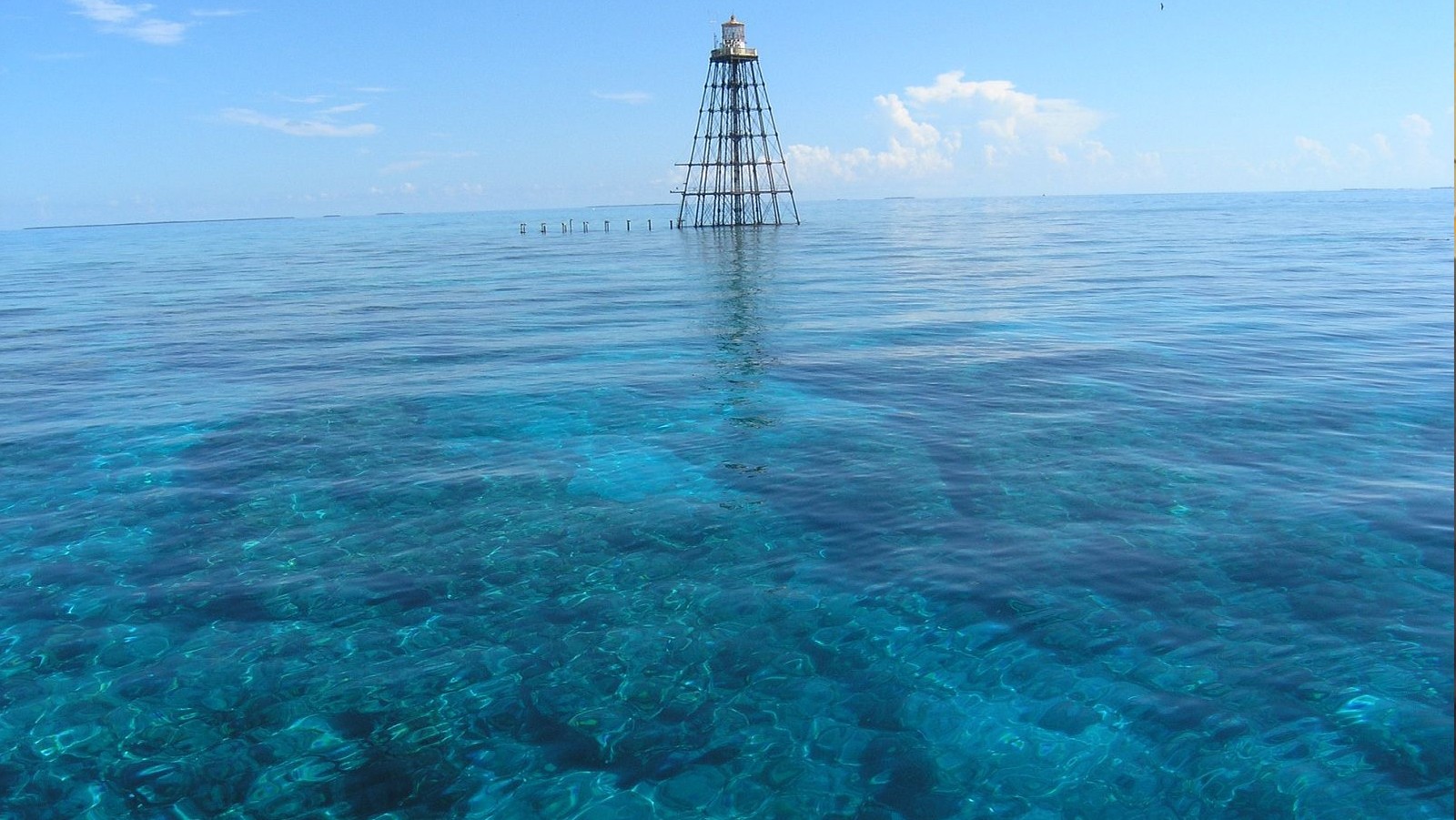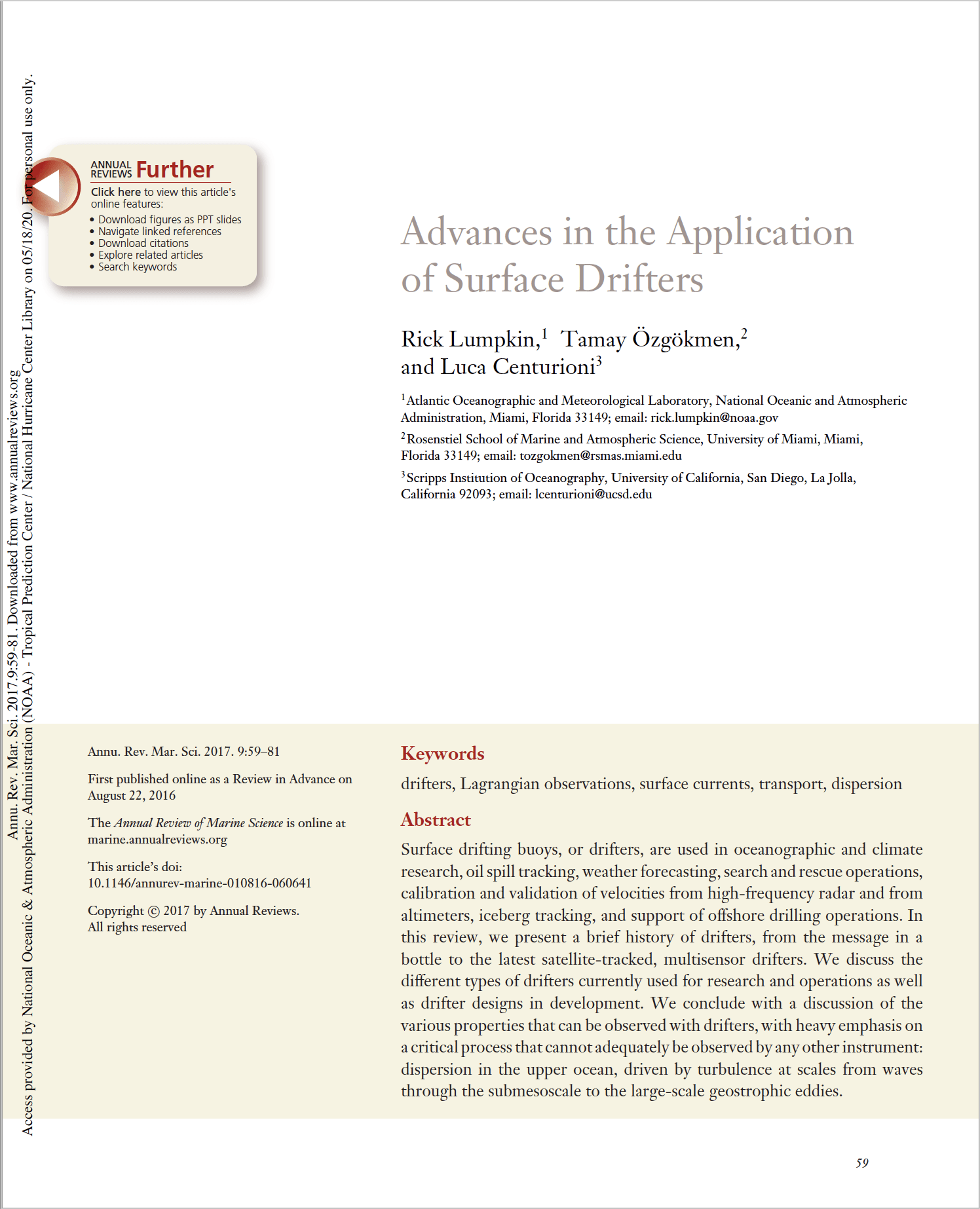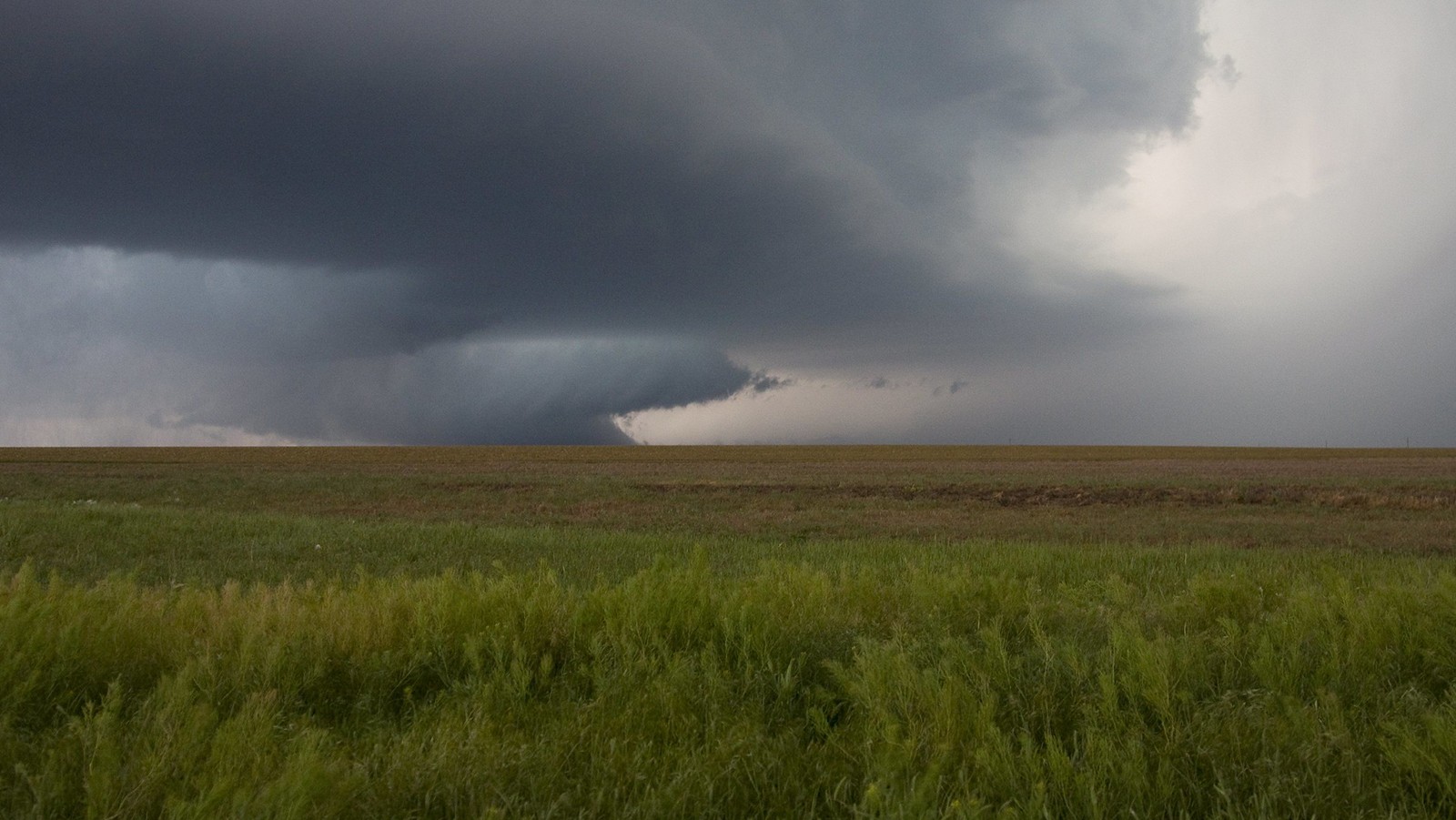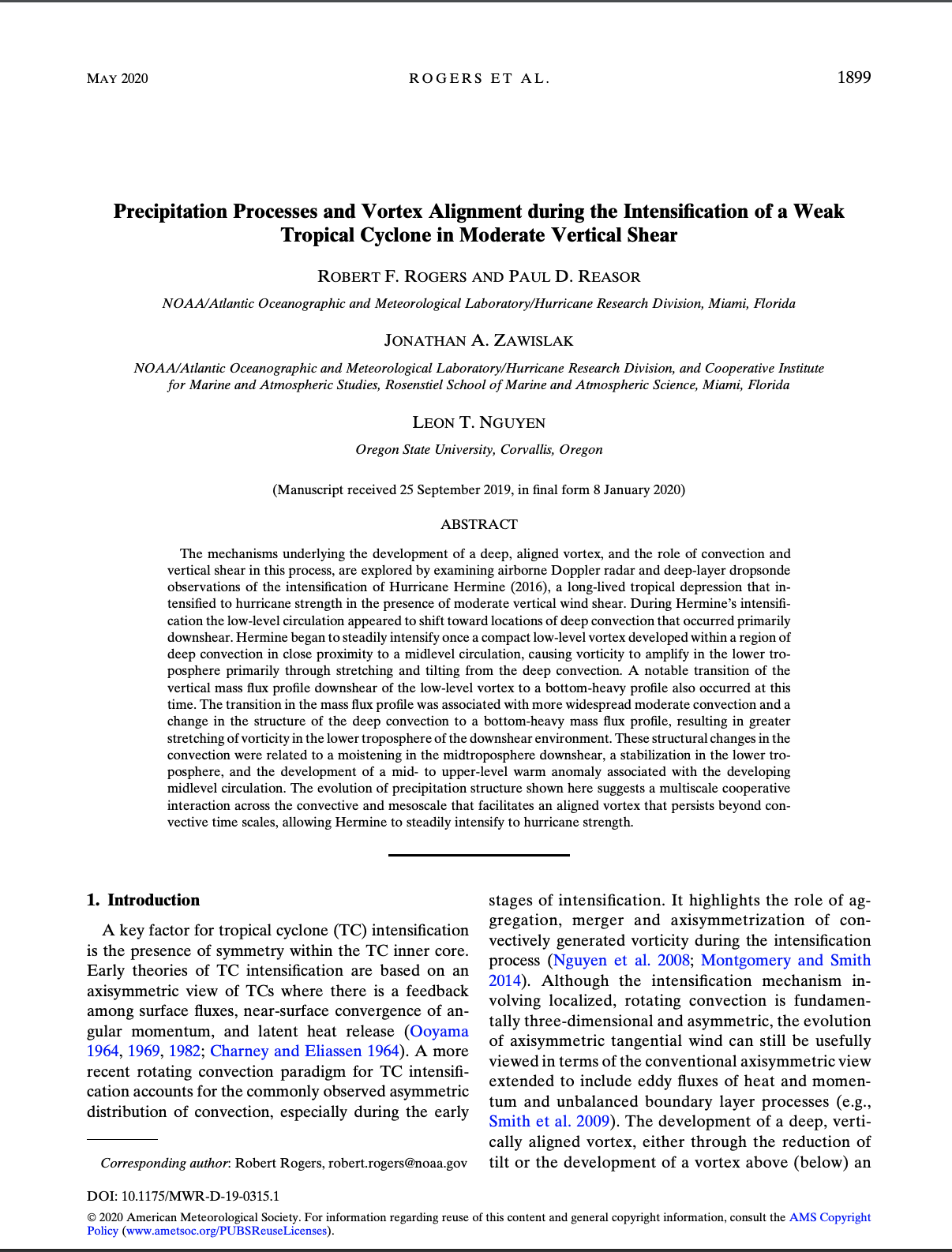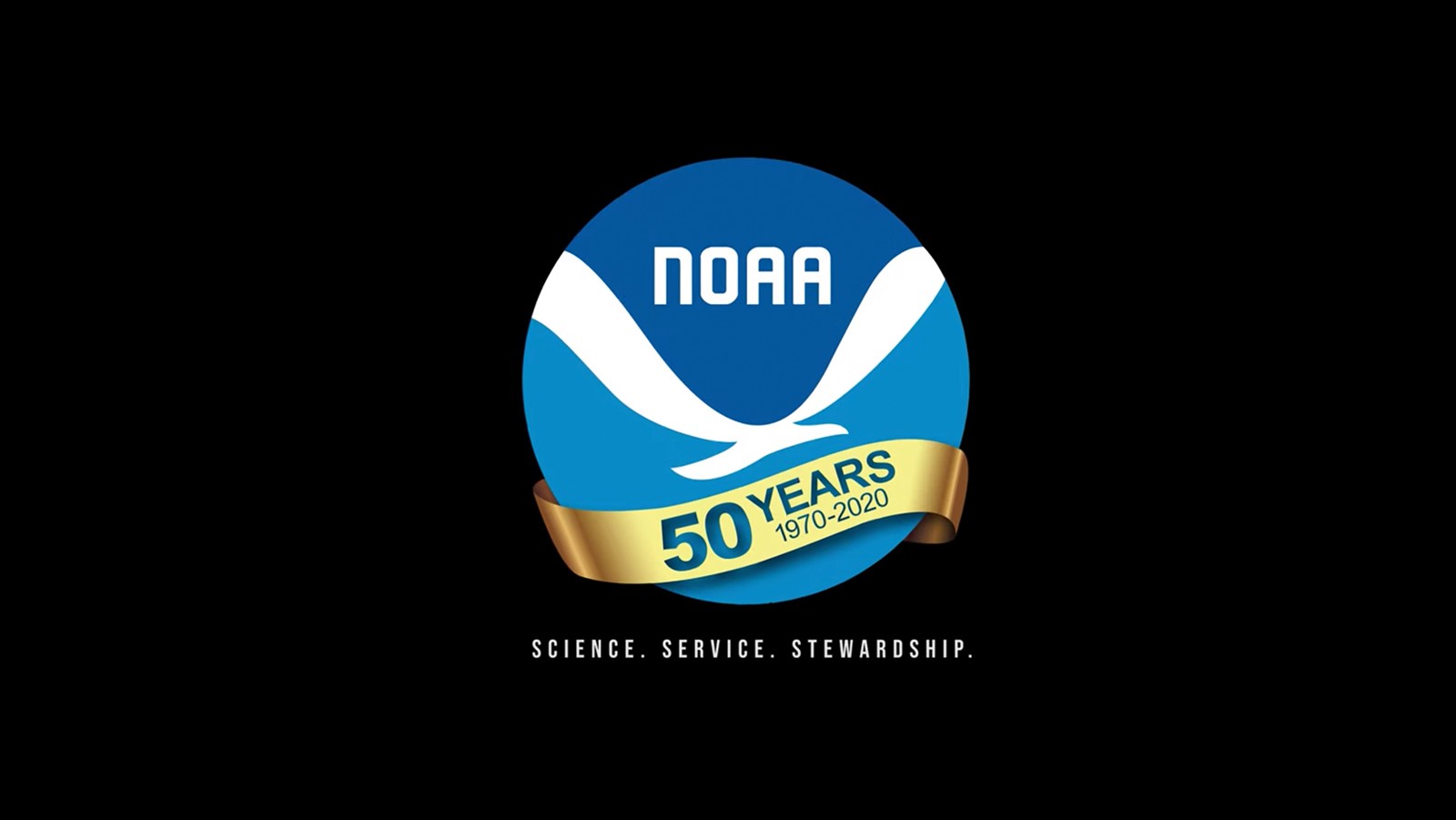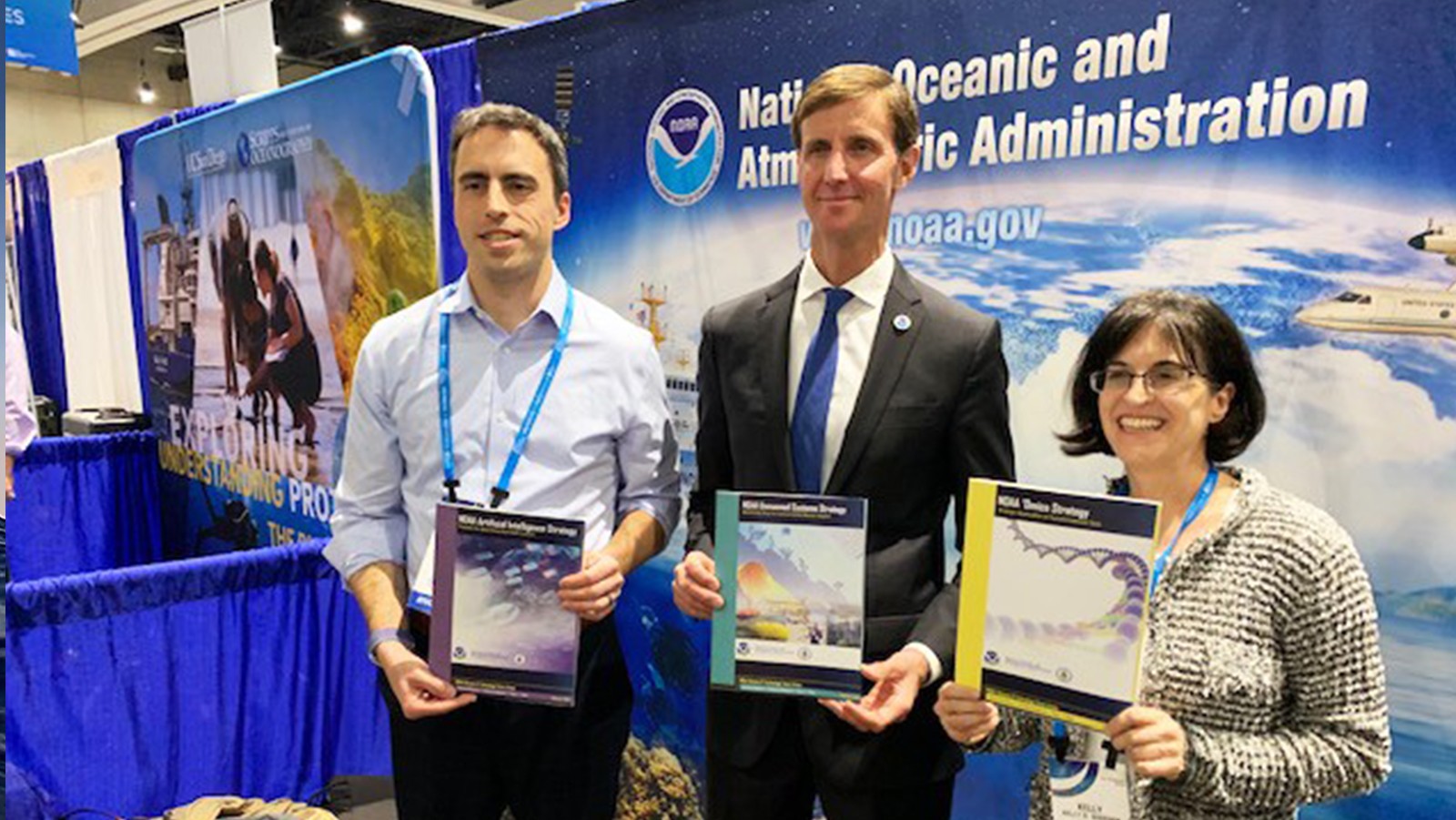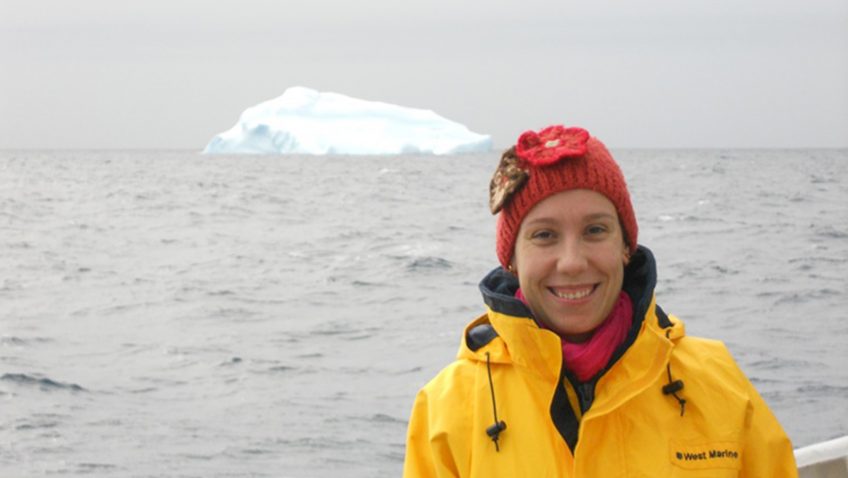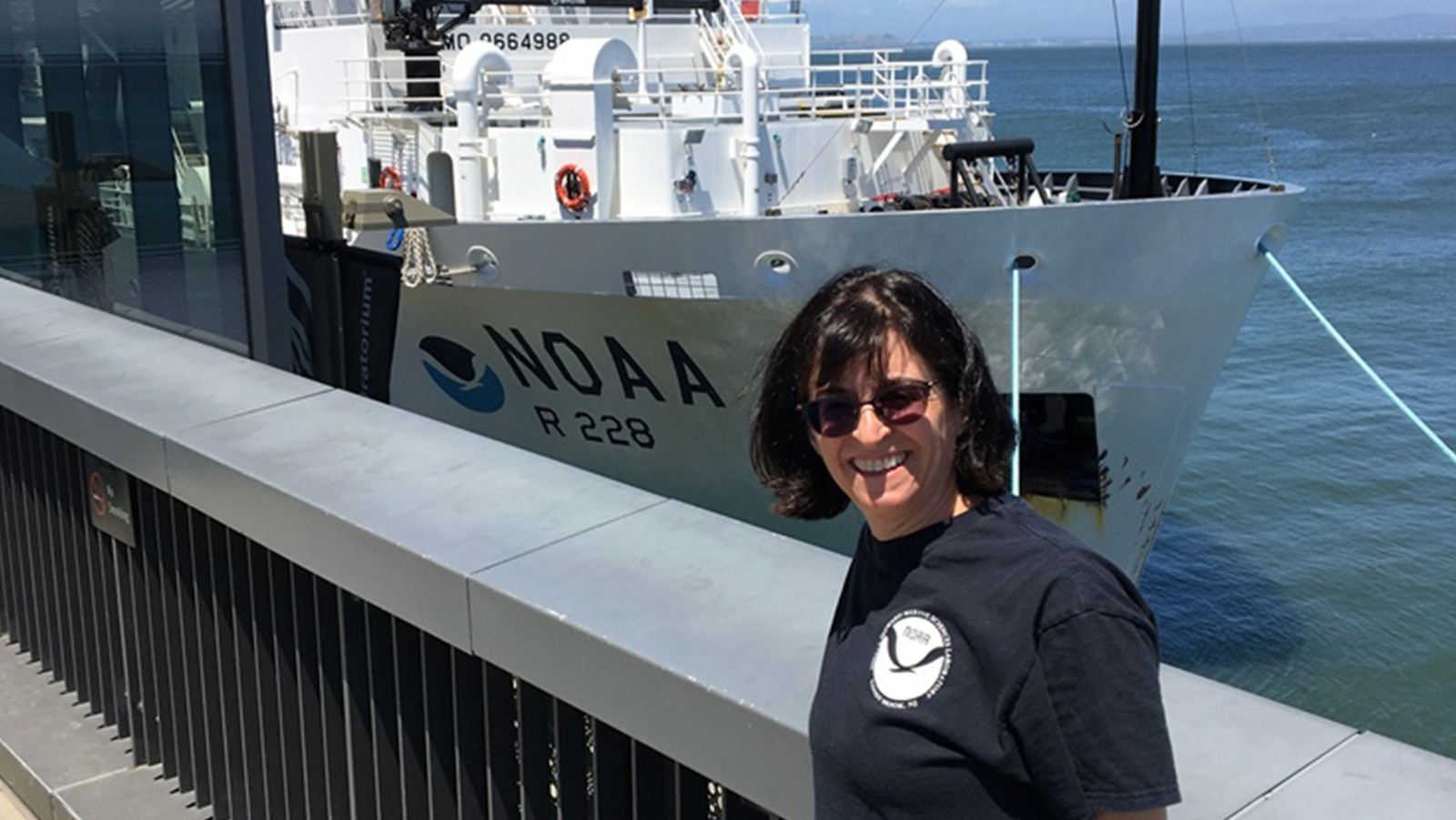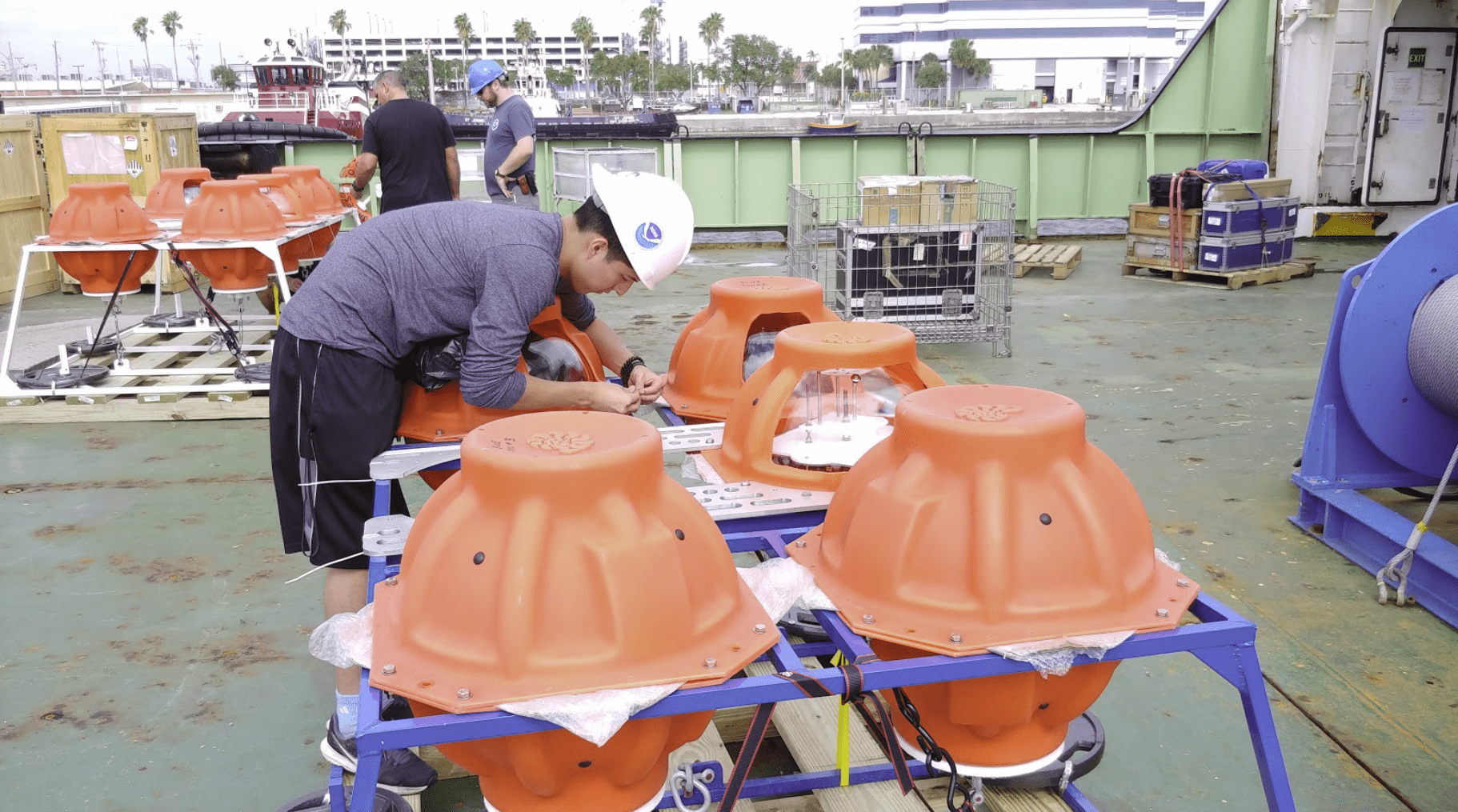Florida Keys Integrated Assessment Team Launches New Ecosystem Status Report Web Tool
The Florida Keys Integrated Assessment (IEA) team, led by AOML in partnership with managers and scientists from the Office of National Marine Sanctuaries, launched a new Ecosystem Status Report web tool on May 13th. The IEA approach aims to balance the needs of nature and society through Ecosystem-Based Management. It provides scientific knowledge of the Florida Keys National Marine Sanctuary ecosystem to scientists, policy makers and resource managers.
